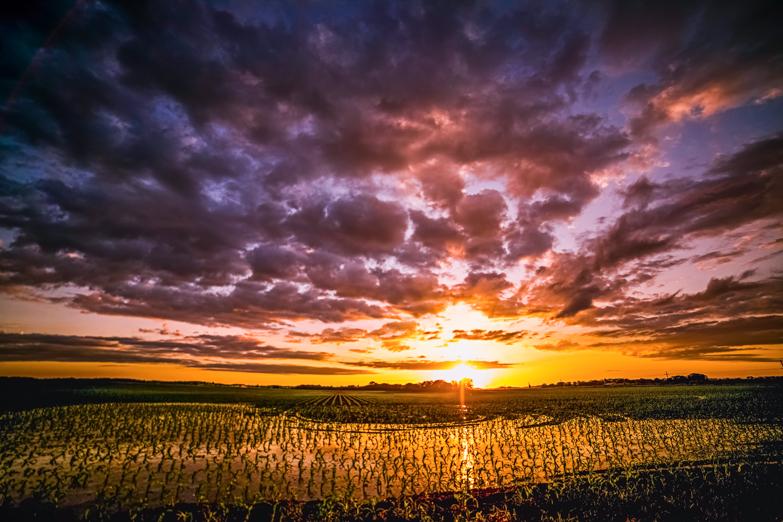Morel season has officially started. Morels are wild mushrooms that grow in cool, wooded areas with the help of a little rain, warm spring temperatures, and some sunshine.
Morel hunting and gathering is a tradition passed down from one generation to the next—by way of example. Notably, what areas to hunt and gather the morels, how to pick them (leave the root), cleaning and cooking methods, and most importantly, the enthusiasm of the find even at the risk of close encounters with other wild things such as skunk, insects, or poison ivy.
Greg Mitchell, from Baldwin City, Kansas, remembers learning to hunt for morels at the early age of six from his grandmother who was known for her ability to spot morels from a slow-moving car. This is pretty incredible as morels are only a few inches tall as a rule, and are the same colour as the leaves in which they grow. Mitchell has passed this tradition on to his children and continues to share the mushrooms annually with his folks, who also once hunted for morels.
These mushrooms can often be bought locally, always at a hefty price. Even in areas with abundant morels the price ranges from $20 to $30 per pound, indicating local hunters really do not want to part with their treasured finds.
When you ask a diehard morel hunter how best to cook the mushrooms there are basically two camps. One camp prefers to fry or sauté morels in butter or oil and season with salt and pepper. This method leaves no distraction from thoroughly enjoying the morel’s rich, woody taste.
The other camp holds that morels are tastiest when fried in a frying pan or cast iron skillet, or deep fried with a coating similar to that of fried chicken, using a batter of egg and flour, or cracker crumbs and seasonings.
For those who only get to eat a few morels, making a gravy or sauce or having them as a side dish is also popular. Morels are a delicacy any way they’re served.
The following recipe keeps the woody taste favoured by the first camp—although enhancing the flavours—with an option of making it into a mushroom sauce by adding sour cream.
Treasured Morel Sauté
250 g (1/2 lb) small morel mushrooms
50 ml (1/4 cup) medium-sized scallions (about 3)
12 walnut halves
25 ml (2 tbsp) butter
Salt and pepper
15 ml (1 sp) fresh parsley, finely chopped
175 ml (3/4 cup) sour cream (optional)
First, morels need to be thoroughly cleaned, as their shape allows them to be inhabited by bugs and insects (those black specks are bugs). To clean, place morels in water with salt for several hours or overnight; rinse several times. While handling the morels gently, pat dry with paper towels and then allow the surface to dry more.
Allow the sour cream to come to room temperature to prevent it from separating when adding it to the hot pan.
Prepare morels by cutting the large ones in half diagonally. Thinly slice scallion heads and green stalks, using only the best part of the stalks. Place walnuts in a sealable plastic bag and crush them into small pieces, or use prepackaged walnut pieces.
Heat a non-stick frying pan or cast iron skillet on medium-low. Add butter, and when melted immediately add scallions and walnuts and stir quickly, then add the morels. Sautee for 3-5 minutes; there should be a sizzling sound during cooking, as the morels release water.
Add salt, pepper and parsley at the last minute, reduce heat to low, and let it cool somewhat. Add sour cream and stir gently. Serve hot or warm and enjoy one of nature’s best wild offerings.





